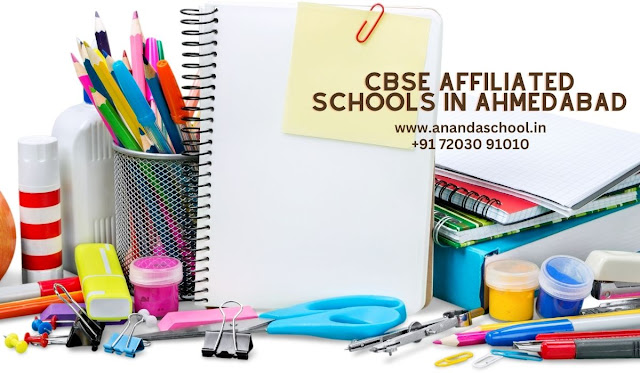CBSE School vs. State Board: Understanding the Key Differences
Introduction
When choosing the right school for their child, parents
often find themselves deciding between CBSE (Central Board of Secondary
Education) and State Board education. This choice can shape a child's academic
journey and future opportunities. For those looking for Top CBSE Schools In Ahmedabad in general, understanding the core
distinctions between these boards can greatly help in making an informed
decision.
Curriculum and Syllabus Differences
One major distinction lies in the curriculum's focus and design.
- CBSE
Curriculum: Known for its concept-driven approach, this board
emphasizes subjects like Science, Mathematics, and English. Its alignment
with competitive exams such as IIT-JEE and NEET makes it a preferred
choice for students aiming for national-level opportunities. Many schools
in Ahmedabad affiliated with this board offer a well-rounded educational
experience combining academic rigor with extracurricular activities.
- State
Board Curriculum: State Boards prioritize regional relevance, with
syllabi that include local language, culture, and geography. For example,
the Gujarat State Board focuses on Gujarati culture and language, catering
well to students planning higher studies within the state.
Teaching and Assessment Methods
The teaching and evaluation strategies differ significantly between the two
boards.
- CBSE
Approach: Activity-based learning and conceptual clarity are hallmarks
of this system. Innovative methods like smart classrooms and STEM-based
projects are widely implemented in Ahmedabad’s top schools following this
curriculum.
- State
Board Approach: Often more traditional, these schools emphasize
textbook-based learning and rote memorization. This approach can be
effective for mastering state-level content but may limit the development
of analytical and creative thinking skills.
Medium of Instruction
Language plays an essential role in shaping a student’s learning experience.
- CBSE:
English is the primary medium of instruction, with Hindi as an additional
option. This dual-language approach benefits students planning to relocate
or pursue global academic and career opportunities.
- State
Board: Regional languages are central, making them suitable for
students aiming to stay connected to their local roots. However, limited
English-medium options may pose challenges for students transitioning to
an English-centric education system.
Opportunities in Higher Education and Careers
The choice of board also impacts future academic and professional
opportunities.
- CBSE
Strengths: Its curriculum aligns with national-level competitive exams
and is widely recognized by international universities, offering students
an edge in pursuing global ambitions.
- State
Board Strengths: These boards prepare students effectively for
state-level entrance exams and regional university admissions. However,
additional preparation may be required to compete at the national level.
Transferability and Consistency
For families likely to relocate, the consistency offered by CBSE schools is a
significant advantage.
- CBSE:
A standardized curriculum across India ensures a smooth academic
transition for students transferring to another city or state. This
uniformity makes it a popular choice among families in Ahmedabad.
- State
Board: Transferring between State Boards can be challenging due to
varying curricula and language requirements, which may disrupt a student’s
learning experience.
Conclusion: Choosing the Right Educational Path
The decision between CBSE and State Boards depends on a family’s priorities and
the child’s academic goals. For students seeking exposure to national-level
competitive exams and a globally recognized curriculum, CBSE offers a strong
foundation. Meanwhile, State Boards are ideal for those benefiting from a
localized educational approach focused on regional languages and culture.
Parents in Ahmedabad can explore schools across both boards to identify the best fit for their children. By understanding these distinctions, they can make an informed choice that supports their child’s academic growth and future success.
.png)



Comments